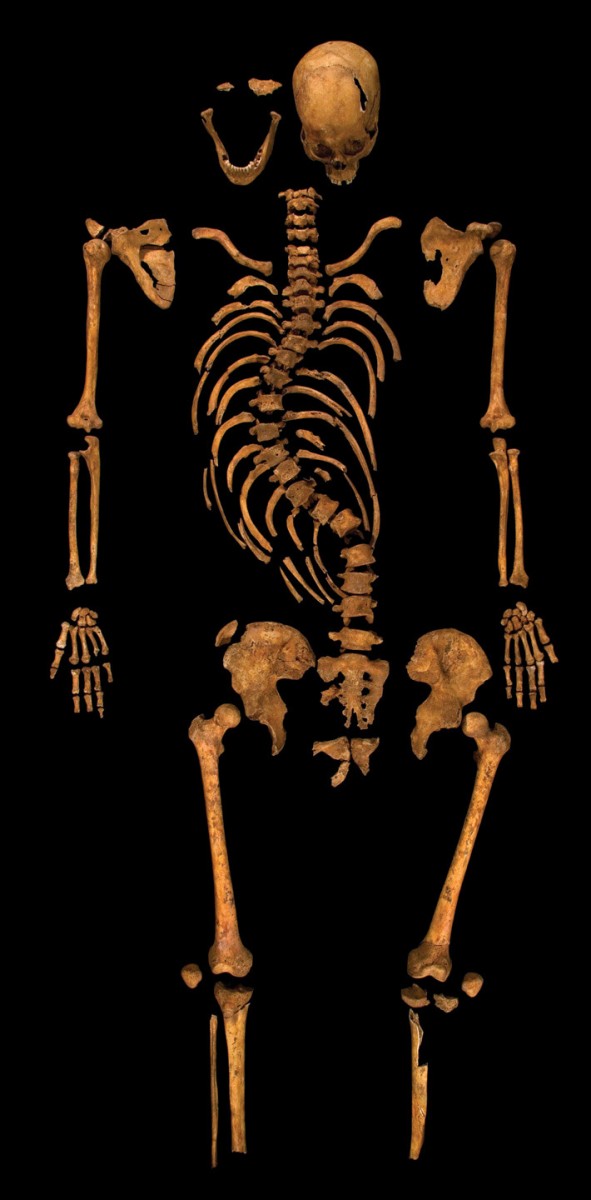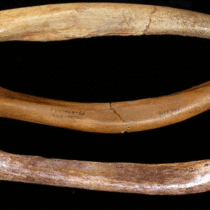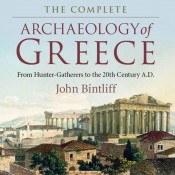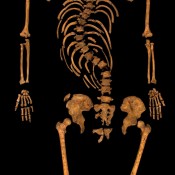Richard III ate royal style as evidence based on his skelatel material analysis has shown.
“Old King Richard was a merry old soul”, to paraphrase the rhyme, specifying though that the well-sensationalized King, whose bones were found recently causing a real stir among Brithsi heritage lovers, was not old at all, as he died just at age 32. Still, he was merry, at least in the way he wined and dined himself during his short reign.
An analysis of his teeth, femur and ribs, performed by British Geological Survey’s expert Jane Evans and published online in the ‘Journal of Archaeological Science’, showed that the wine flowed generously at King Richard’s table, and plates of game birds and fresh fish were plentiful. By measuring the concentration of certain isotopes connected with specific dietary practices and living locations in different age periods during a person’s lifestyle, Evans was able to define with evidence that Richard lived well as an aristocrat but better as a King.
An examination of his rib, a small bone which is quickly renewed and therefore able to keep later life related dietary elements, reflected Richard’s choice of luxury foods exactly during his royal years -the last two of his life. “There was a significant shift in the values of nitrogen and oxygen isotopes late in Richard’s life”, said Evans regarding the rib analysis.
As Live Science states, nitrogen isotopes are natural tracers of the flow of energy through ecosystems. Higher concentrations of certain nitrogen isotopes are a sign of a diet rich in animals that have a relatively high place in the food web -such as wildfowl and freshwater fish. During Richard’s time, game birds such as swan, crane, heron and egret would have been on the menu at royal banquets. Oxygen isotopes, at the same time, reflect the chemistry of the local drinking water. A change in these levels is interpreted as a sign of relocation or of a change in drinking habits. So, when Evans found Richard, who was not really a traveler, demonstrating such a change, she attributed this to his increased consumption of wine. In detail, it was found that about a quarter of the oxygen deposited in Richard’s bones came from wine and the rest was from local water!
On the other side, isotopes locked in the teeth, which stop growing in childhood, are connected to early life practices. In Richard’s case, the elevated strontium and oxygen isotope levels suggested he was living in an area with higher rainfall and older rocks during his childhood. The finds correspond to one record pointing that the young aristocrat had lived at Ludlow Castle, Wales, in 1459.
“It is highly likely that Richard’s diet changed to include wine and an increase in high-status animal protein with his ascent to the throne as suggested by the authors,” commented Utah University expert Joan Brenner-Coltrain, who was not involved in this research, noting, however, that analysis on additional material would help in cementing the results.





